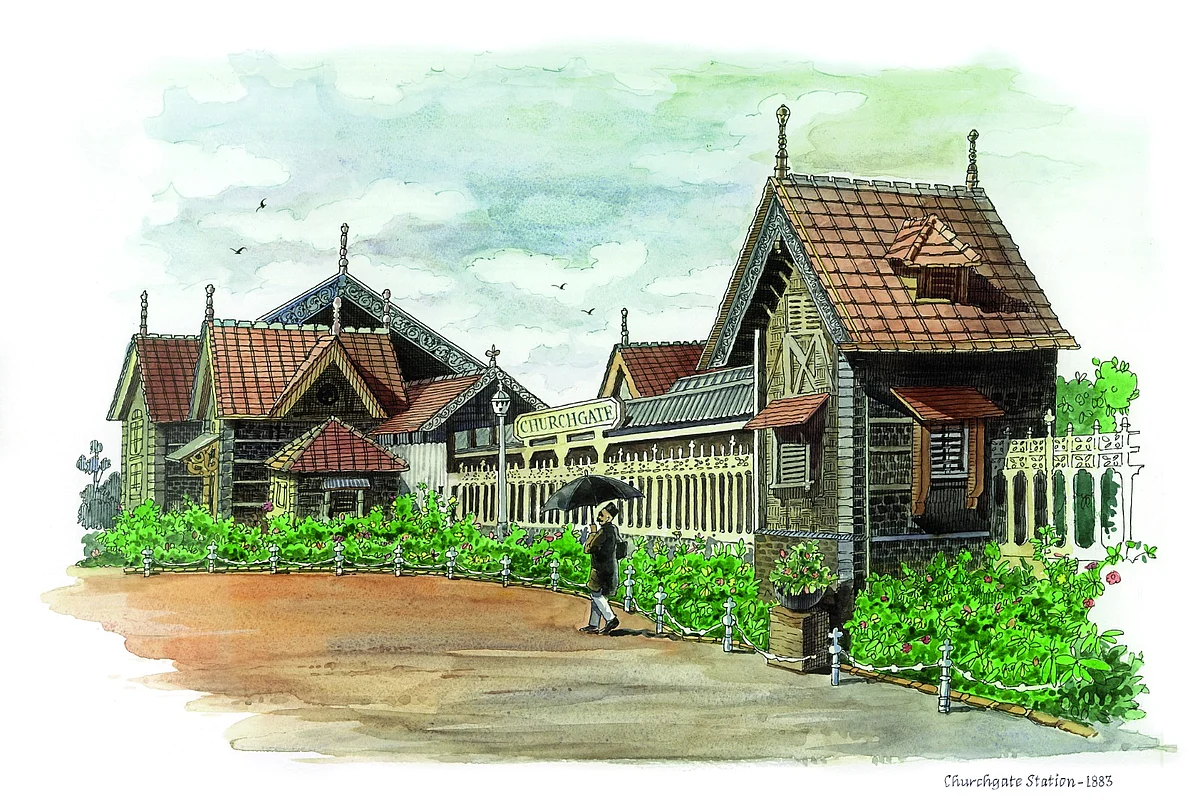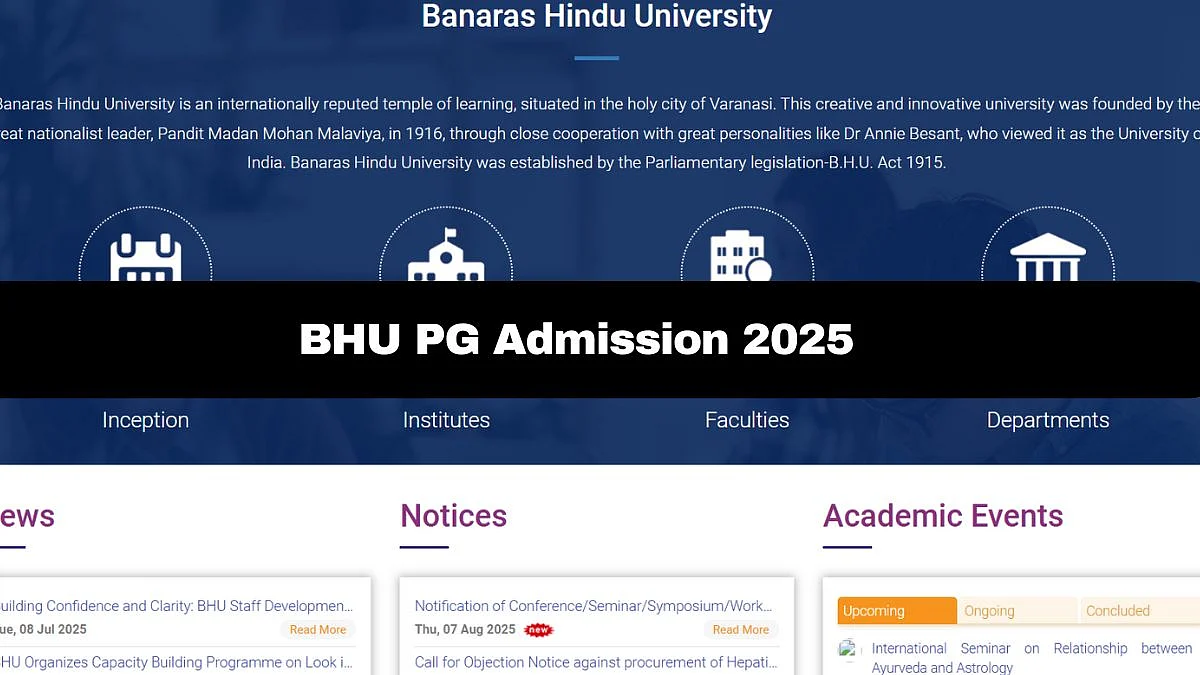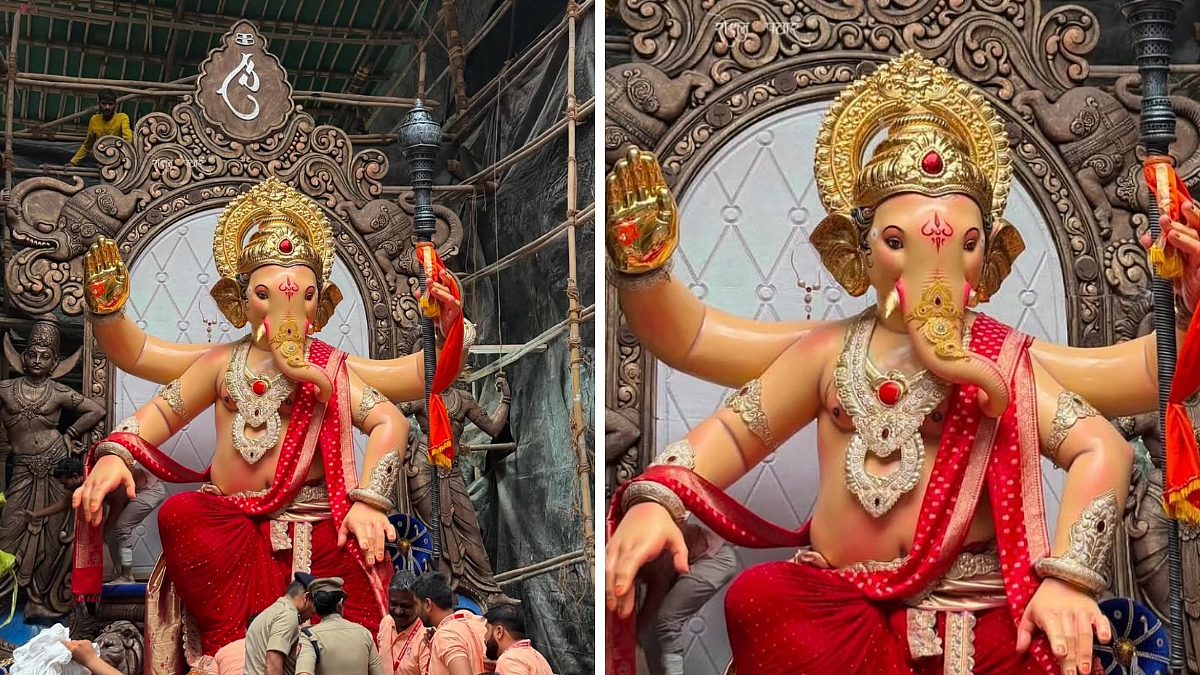After changing the name of Victoria Terminus to Chhatrapati Shivaji Maharaj Terminus (CSMT) and Elphinstone Road station to Prabhadevi station one more iconic railway station of the city is likely to be renamed.
On Tuesday, Chief Minister Eknath Shinde after taking over the Shiv Sena passed a resolution to rename the iconic Churchgate station as Chintamanrao Deshmukh station. Although the Indian Railways owns the stations, it does not have the power to rename them.

Graphics of the Gate of the fort that provided entry to St Thomas' Church. The Churchgate Station is named after this gate as it provided rail connectivity to the city. ( Graphics prepared by WR recently) | WR

Churchgate Station 1883 ( Graphics prepared by WR recently) | WR

Construction of CCG station | WR
Renaming stations - a state matter
A railway station's renaming is a state matter. State governments submit requests to the MHA (Ministry of Home Affairs), which subsequently makes a decision while keeping the Ministry of Railways updated on the situation.
The Ministry of Home Affairs is the nodal ministry for the name change. "To change the name of the railway station, the state government sends its proposal to the home ministry for approval. The Ministry of Home Affairs also informs the Ministry of Railways about this before approving the change of name. After that, it is also seen whether any other railway station with the proposed new name is present in the country. For this, a No Objection Certificate has to be obtained from the Ministry of Home Affairs, Ministry of Railways, Department of Posts and Survey of India. Only after that it is agreed to change the name of a station," said a senior railway official.
"Once the name change is notified by the state government following all due process, Indian Railways steps in to do the necessary work. A new station “code” for railway operation purposes may need to be invented" he said. "The name change is then fed into its ticketing system so that the new name along with the code is reflected on its tickets and reservation and train information. Lastly, it physically changes the name written at the station — building, platform signage, etc, and also in its communication materials for all practical purposes" he further added.

Churchgate Station 1883 photo | WR
Making necessary changes after approval from MHA
Traditionally, station names were written only in Hindi and English. Over time, it was instructed that a third language, which is the local language, should be included. For the language and spellings, Railways should obtain approval from the state government concerned on the spelling of the names (in all three languages) before putting them on its signboards.
History of Churchgate
The station is named after the old Church Gate demolished. This was one of the three main gates to the Fort, the Gate that afforded entry to St Thomas' Church and thus called Church Gate. BB&CI Railway Company came into existence on 2nd July, 1855 by the passing of an Act of Parliament. A contract was signed on 2nd February, 1859 by the BB&CI with East India Company for construction of a line from Surat (Utran) to Bombay which was opened on 28th November, 1864. As the trains terminated at Grant Road, people living in the Fort and Colaba area did not benefit from the line. In keeping with the demands of this population, the line was extended to Backbay, Churchgate station was opened on 10th January 1870 . Churchgate station building in Swiss chalet style was completed in 1876. The station was renovated in December, 1926 for electric train services. Later on foundation stone for the new Churchgate building was laid on 31st October, 1956 and opened on 5th August, 1957.
"It evokes memories and saw the transformation of the City. It was named as Church Gate as it was located on the Church gate street. Old Fort has three gates, Church Gate, (located close to St. Thomas Cathedral), Apollo Gate and Bazzar Gate. Street starting from Church Gate was known as Church Gate Street and its one end was the station named after street, where it was located. In earlier time tables it has been referred as Church Gate Street but later on became Church Gate" said AK Shrivastava former senior officer of western railway.
"About half a mile from the Apollo Gate, the Church Gate is passed. This is sometimes called the Powun-Chukkee Gate from the circumstances of a windmill (powun, wind—chukke, mill) having stood there some sixty years ago {i.e. in the late 18th century). ( Buist’s Guide). An old book on the streets of Bombay defines Churchgate Street as, ,”CHURCHGATE STREET. (From Elphinstonc Circle to Churchgate Station ( Bombay Place Namesand Street Names By Samuel T Sheppard 1917)" he said.
"Before the railway inched to Colaba it was a terminus for a few years and when in 1930 shutters came down on Colaba Terminus, Church Gate became terminus for suburban station. BB&CI Headquarters which was built next to the station was also known popularly as Church Gate and the entire area was and is known as Church Gate identified by the station." He added.
"Change is name should have some logic as it leads a lot of avoidable expanse and creates a conflict with public memory. It was alright to change the name of VT as it was named after a person. In case of Elphinstone Road too area is known as Prabha Devi. But in case of Church gate neither is true. It is linked with the area only, based on the name of road where it is located. Naming a station after an important person only can open a Pandora’s box as somebody may demand why not somebody else. Secondly sometime popular memory overshadows official names, like many few persons use official names for Marine Drive" further added Shrivastava.












